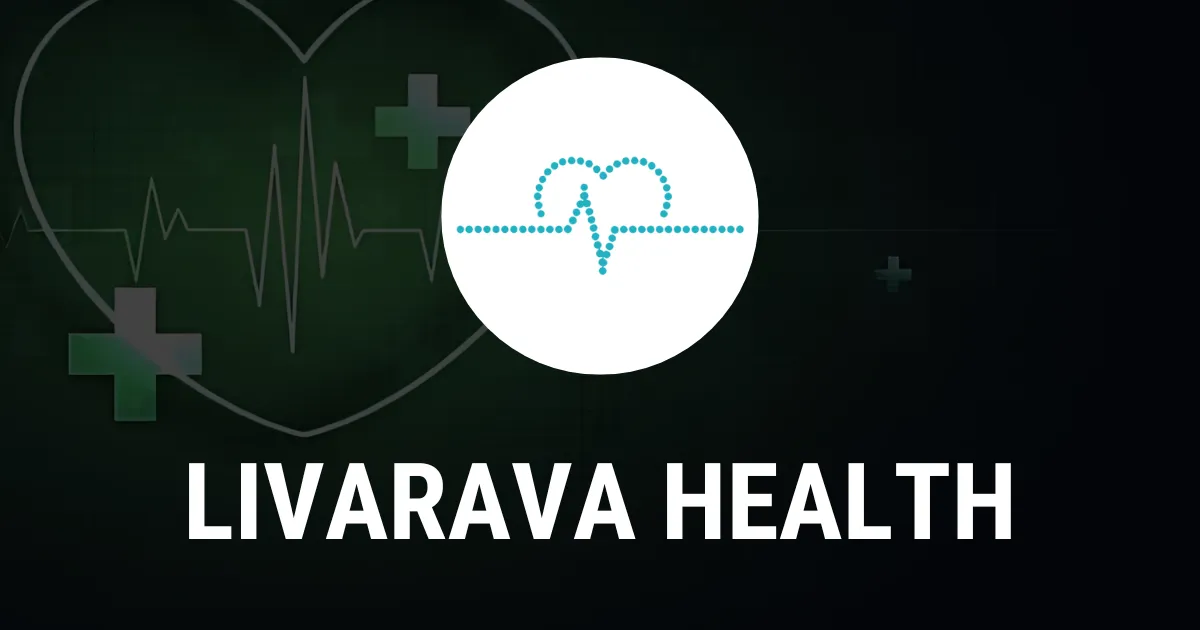Weight-Loss Injections: Understanding Their Safety and Effectiveness for Children

Weight-Loss Injections for Pediatric Patients
Weight-loss injections have gained attention recently, especially with new research focusing on their application in children as young as six years old. Saxenda, an FDA-approved medication for weight management, has demonstrated promising results in clinical trials.
Study Results Indicating Effectiveness
- Children treated with Saxenda reduced their Body Mass Index (BMI) by 5.8%.
- In contrast, the control group showed only a 1.6% reduction in BMI.
Safety Profile and Implications
The safety profile of these injections is crucial. Parents and healthcare professionals can feel reassured as studies confirm that this treatment presents minimal risks when used appropriately in the pediatric population.
Moreover, the increasing rates of childhood obesity highlight the importance of exploring effective interventions. Weight-loss injections may become an essential option in comprehensive weight management strategies.
Disclaimer: The information provided on this site is for informational purposes only and is not intended as medical advice. We are not responsible for any actions taken based on the content of this site. Always consult a qualified healthcare provider for medical advice, diagnosis, and treatment. We source our news from reputable sources and provide links to the original articles. We do not endorse or assume responsibility for the accuracy of the information contained in external sources.
This article was prepared using information from open sources in accordance with the principles of Ethical Policy. The editorial team is not responsible for absolute accuracy, as it relies on data from the sources referenced.